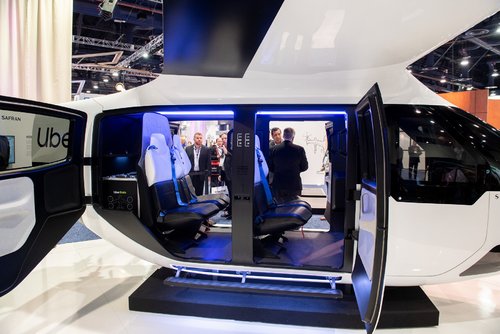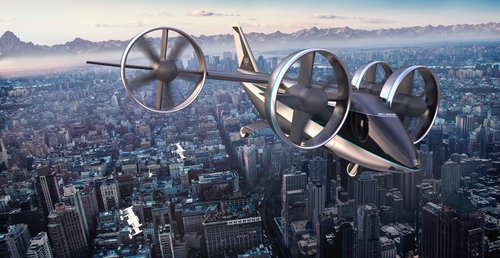While the future of autonomous, urban air taxis has drawn new players and bold plans into the aviation space, Sikorsky has been quietly developing its own solution, putting itself at the head of the helicopter autonomy space, Wired online reported.
In the next year or so, it will include Matrix features in the Black Hawks it builds for the US Army. Applications like oil rig transport and search-and-rescue missions will follow. And yes, this tech could someday enable those flying cars we keep hearing about.
The company, which Lockheed Martin acquired in 2015, recently announced it’s formally entering the urban mobility race, using the Matrix system, electric propulsion tech, and its data systems. Already, Sikorsky says that the Matrix tech is essentially ready to start piloting flying cars — even if those flying cars don’t exactly exist just yet.
















